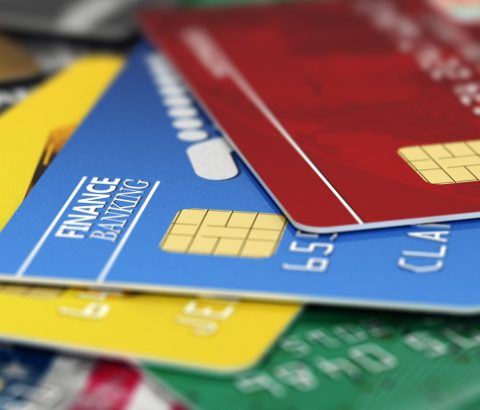Invisible Money: How to keep on top of your card payments
We recently decided to look into the concept of invisible money and see whether there is any truth to the idea that you spend more money if you can’t see it. Our research found that the majority of people do in fact use card payments and that cash as a payment method is in decline. Our experiment also saw Rachel spend with ease during her week on card but worry about the pennies during her cash only week.
There seems to be some truth behind invisible money so we wanted to put together a guide on how you can keep on top of your card payments and ensure you don’t spend more than you can afford.
- One of the best things you can do when it comes to managing your money is to set a budget. After her week on card only payments, Rachel said she spent more than she should have so she needed to set a budget for the cash week – this helped her reign in her spend. Creating a budget means you know what you can afford. Outline your monthly outgoings and split what you have left over the remaining period. This will show you what you have to spend on a daily and weekly basis. You can then base your spending on this budget.
- Draw out cash. Debit card payments are really useful because if you accidentally spend a couple of pounds more than you have in cash on your grocery shopping, you can put it on the plastic and know you’re not limited by the change you have in your pocket. However drawing out cash from an ATM makes you realise your budget and means you are less likely to spend sporadically. You don’t have to stop spending on card but using cash more often will help you stick to your budget.
- Think about your spend. Our survey showed that only 50% of people check their bank balance once a week. Card transactions don’t necessarily show on your bank statement for a couple of days either so you don’t always pay attention to everything you’ve bought. If you do use plastic as a payment method, check your transactions more often and look at what each spend was for. It can be tempting to buy additional treats on card when paying for something else – perhaps more so than if you were to pay for your goods with cash. Look at how you’ve spent your money and consider whether you could make any cutbacks.
- Leave cards at home. It is very easy to pay for spontaneous purchases – for example, you don’t need to draw out cash from an ATM you have debit cards, credit cards, contactless payments and now mobile phone methods. Reduce temptation and leave your cards at home a couple of times a week. Instead just take cash and this will help to ensure you are stricter with your budget.
If you think you are spending too much on card and are struggling to balance your finances, you can also get in touch with PayPlan. Our debt advisers offer free money advice and can offer support if you need it.
If you want to find out more about our campaign you can check out our:
Campaign homepage – This tells you everything we did as part of our research.
Experiment – We asked a blogger to live for a week on card only payments followed by a week on cash only payments to see whether invisible forms of money made a difference to her spending.
Infographic – We surveyed a group of people to look into how people spend money and we also researched the rise of contactless payments.
